Summer flounder won’t stand up and be counted – Fighting for fluke
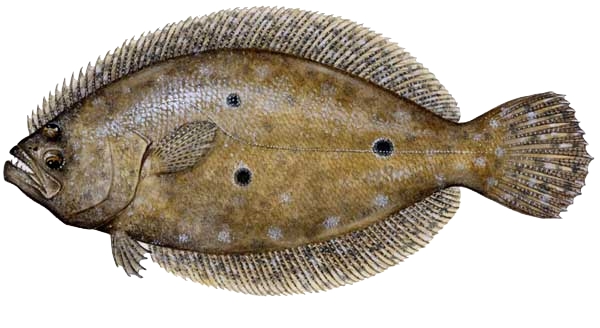 Save the Summer Flounder Fishery Fund is working with scientists from Cornell, Rutgers and other universities, along with the National Marine Fisheries Service, to develop a more comprehensive summer flounder model that more accurately portrays the size and composition of the fishery,,, more females are caught in the recreational fishery as opposed to the commercial side. It might have to do with where commercial fishing is done or “it might be that females are more willing to bite bait,” said Munroe. “There could be all kinds of reasons.” Read the rest here 12:01
Save the Summer Flounder Fishery Fund is working with scientists from Cornell, Rutgers and other universities, along with the National Marine Fisheries Service, to develop a more comprehensive summer flounder model that more accurately portrays the size and composition of the fishery,,, more females are caught in the recreational fishery as opposed to the commercial side. It might have to do with where commercial fishing is done or “it might be that females are more willing to bite bait,” said Munroe. “There could be all kinds of reasons.” Read the rest here 12:01



































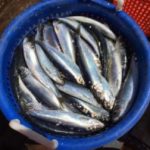



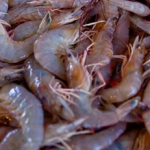

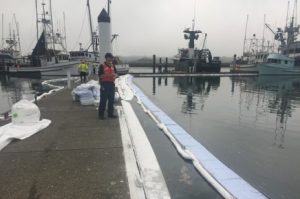

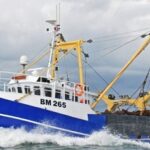
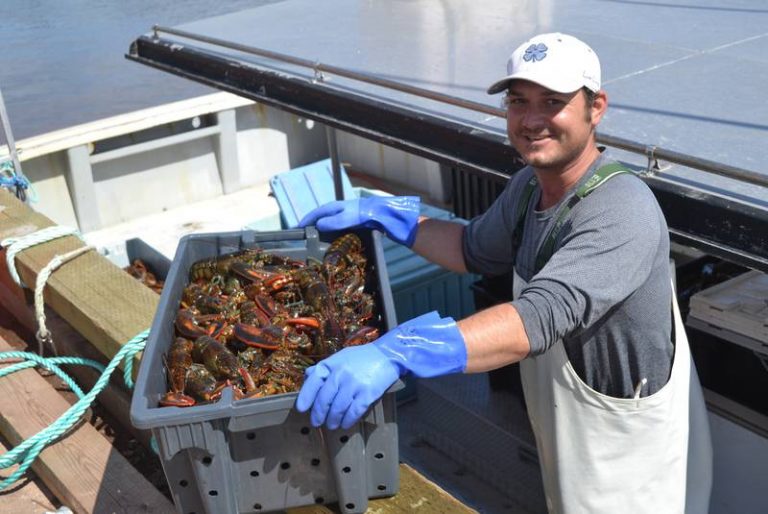



This does not side right: ” It might have to do with where commercial fishing is done or it might be that females are more willing to bite bait.”
At a NYS DEC MRAC meeting from a few years ago, it was mentioned that from the Cornell Cooperative study that something of the order of 97% of summer flounder over 20 inches were female based upon the sampling of racks from the for-hire fleet out of Captree.
There is also the issue of terminology, between “caught” and “kept” or more accurately “harvested/landed” by the for-hire/recreational sector. By far, more summer flounder are caught in the NY-NJ region that are under 20 inches, and in fact, under 18 inches when using hand gear. Those fish would have to be a regulatory discard then in these two states. In NY, those retaining a NYS FFL with summer flounder endorsement, can retain smaller fish then the recreational/ for-hire sector.
Glancing through this NOAA doc: http://nefsc.noaa.gov/publications/crd/crd1316/parta.pdf – on page 413, reports on the size to age distribution between female/male summer flounder. Are there just a higher number of female to male flounder to begin with in most regions along the east coast, thus more prone to being caught by the recreational sector?
I do agree that a more comprehensive study of the summer flounder stock is needed, but here again, that could be said for almost any other species off the east coast starting with the Atlantic Codfish.
But I do wonder if this is more of micro-managing fisheries, since resilient stocks such as summer flounders can bounce back within a few years just by the current regulatory controls of minimum sizes, bag/poundage and season lengths?
It has worked before…hasn’t it?